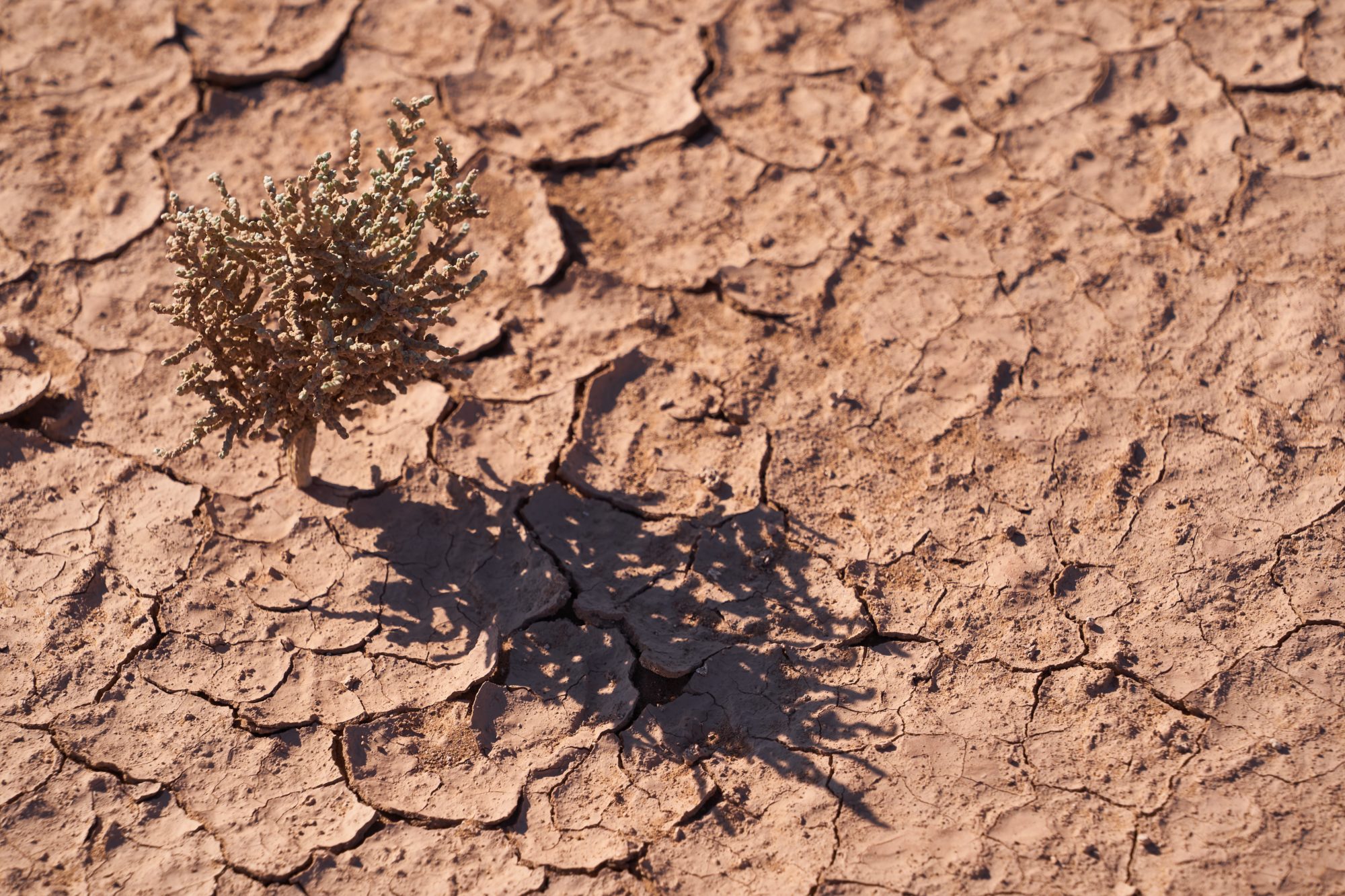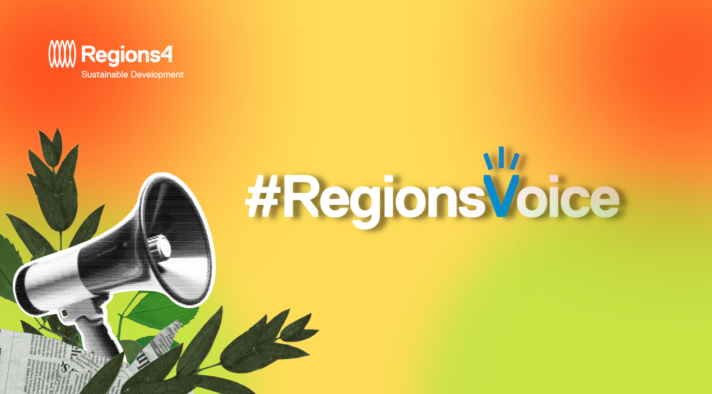Last month, on 8 August 2019, the Intergovernmental Panel on Climate Change (IPCC) presented the first comprehensive report on the land-climate system as a whole, the report “Climate Change and Land: an IPCC special report on climate change, desertification, land degradation, sustainable land management, food security, and greenhouse gas fluxes in terrestrial ecosystems” (SRCCL). It is the first IPCC report that has more authors from developing countries (53%) than from developed countries, with 40% of the Coordinating Lead Authors being women. It was prepared by 107 experts from 52 countries and includes over 7000 cited references. The report, that was developed jointly by the three working groups of the IPCC and the Task Force on National Greenhouse Gas Inventories (TFI), responds to the IPCC decision in 2016 to prepare three Special Reports[1] during the Sixth Assessment cycle, taking into account proposals from governments and observer organizations.
The report is the latest in a series of recently published reports on the urgency of addressing climate and environmental changes, such as the IPCC Special Report on Global Warming of 1.5°C (SR1.5), the thematic assessment of the Intergovernmental Science Policy Platform on Biodiversity and Ecosystem Services (IPBES) on Land Degradation and Restoration, the IPBES Global Assessment Report on Biodiversity and Ecosystem Services, the World Meteorological Organization(WMO) Statement on the state of the global climate in 2018, the Global Land Outlook of the UN Convention to Combat Desertification (UNCCD), and others.
How humanity and climate change impact land area and vice versa

The SRCCL analyses the impacts of human activity on land and climate, stating that more than 70% of the global, ice-free land surface is affected by human use, and around 25% of it is subject to degradation caused by human activity, with climate change worsening it. While 1/4 to 1/3 of land’s potential net primary production is used for food, fibre, timber and energy, land also provides the basis of other ecosystem functions and services essential for humanity, such as cultural and regulating services. According to the report, land areas used for agriculture and forestry are expanding due to population growth and changes in consumption patterns, leading to increased greenhouse gas (GHG) emissions, loss of ecosystems and declining biodiversity.

Source: IPCC (2019): SRCCL Summary for Policymakers
The report further finds that the land surface air temperature has risen nearly twice as much as the global average (land and ocean) temperature. As already confirmed by other reports and studies, the SRCCL also confirmed that this warming has led to increased frequency, intensity and duration of heat-related events, including heatwaves, as well as to an increase in the intensity of heavy precipitation events. This is in line with what RegionsAdapt members report annually through CDP’s states and regions reporting platform.
The last RegionsAdapt 2018 Report confirms more frequent/intense heatwaves and more frequent/intense rainfall as the two climate change impacts most commonly reported by participating regions. In addition, climate change leads to increased desertification in some world regions, as well as shifts of climate zones, with changes in land conditions affecting global and regional climate. Impacts of increases in surface temperatures and associated degrading land conditions in turn negatively affect ecosystems and human livelihood, especially with regards to food security. However, the level of risks posed by climate change depends not only on the level of warming but also on population growth and technological development, as well as consumption, production, and land management patterns.


Adaptation and mitigation response options
The IPCC report not only addresses the relationship between human activity, climate change and land, it also points to possible response options, that could already be realised in the near-term while supporting longer-term responses. These include, but are not limited to, sustainable food production, improved and sustainable forest management, soil organic carbon management, ecosystem conservation and land restoration, reduced deforestation and degradation, and reduced food loss and waste. Delaying these response options and other mitigation and adaptation options would lead to increasingly negative impacts on land and reduce sustainable development.
The report also elaborates, that a number of those response options can be realised without additional land use change and increased demand for land conversion. On the contrary, some of them, such as increased food productivity, dietary choices and food losses and waste reduction, even can reduce demand for land conversion, creating opportunities for implementing other response options. However, the report also confirms that response options need to be applied in a responsible manner, as there are limits to the deployment of land-based mitigation measures and some adaptation options can become maladaptive due to their environmental impacts. Further, climate change can lead to land degradation even with the implementation of measures intended to avoid, reduce or reverse it.
That is why amongst other reasons, local conditions are a determining factor of the success of response options, and those options highly depend on the environmental and cultural context at regional and local levels. In this regard, multi-level and cross-sectoral approaches are necessary to achieve land degradation neutrality. As the report further elaborates, designing policies, institutions and governance systems at all scales can contribute to land-related adaptation and mitigation.
In this regard, regional governments play a key role as active actors on addressing climate change, intermediaries between the national and the local level, in ensuring policy coherence and giving valuable support for local stakeholders. International networks and initiatives like Regions4 and RegionsAdapt constitute further support to regional governments in their climate actions by facilitating cooperation and knowledge exchange among regions worldwide. As the latest data derived from the RegionsAdapt annual disclosure process confirms, regional governments already actively explore land-related mitigation and adaptation options.
Regional governments such as the Basque Country, Brittany, Catalonia, Centre-Nord, Gossas, Jalisco, Lombardy, Quebec, Saint Louis, Santa Elena, and Wales confirmed to undertake activities such as promoting sustainable farming practices, improving soil health/ soil carbon sequestration capacity, restoring grasslands through rotational or prescribed grazing methods, promoting conservation efforts for natural areas, promoting sustainable forest management, as well as encouraging integrated land-use planning and management, among other response options. This shows that they are aware of their responsibility in addressing climate change and land degradation in order to ensure a liveable future for their citizens and ecosystems.
In summary, the IPCC Special Report “Climate Change and Land” describes the mutual influence of climate change and land and shows the impact humanity has on both. It confirms that policies and actions to address climate change can simultaneously address land degradation and vice versa, therefore they need to be developed and implemented now and in a responsible manner, as to maximise co-benefits and minimise trade-offs. Multi-level governance and action, as well as cross-sectoral approaches, are necessary to address these challenges, save resources and amplify positives outcomes.
As of 22 September 2019, the chapters of the IPCC SRCCL are the Final Government Draft version. They are subject to correction, copy-editing, layout and “trickleback” adjustments to the text of the full report to ensure consistency with the approved Summary for Policymakers
[1] The other two Special Reports are the Special Report on “Global Warming of 1.5°C” (SR1.5) , which was released in October 2018, and the Special Report “The Ocean and Cryosphere in a Changing Climate” launched on 25 September 2019.



